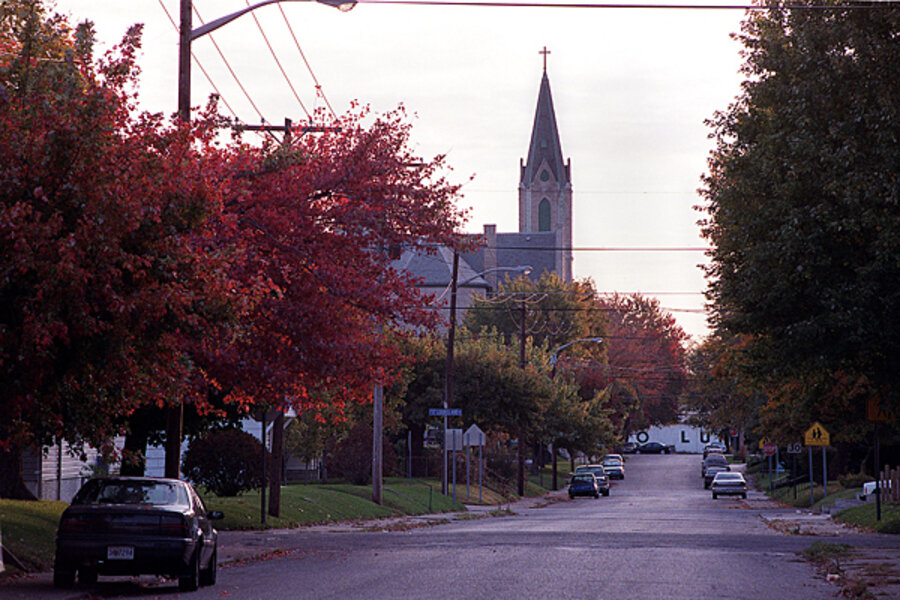Indiana earthquake 'extremely rare and unprecedented'
Loading...
| Chicago
An earthquake that took place before sunrise Thursday in north central Indiana is being evaluated as rare despite many well-known fault lines in the area.
The US Geological Survey reported a 3.8-magnitude earthquake, centered just east of Kokomo, Ind., about 57 miles north of Indianapolis. The earthquake occurred about 3 miles underground and could be felt as far south as Indianapolis, as far east as Dayton, Ohio and as far northwest as Elgin, Ill., about 40 miles outside Chicago.
Calling the earthquake “extremely rare and unprecedented,” John Steinmetz, director of the Indiana Geological Survey at Indiana University in Bloomington, said there have not been any earthquakes of similar magnitude in northern Indiana in 175 years. Mr. Steinmetz added that it demonstrates how little is known about the earth’s structure in that region of the country.
“We use earthquakes to plot the location of seismic activity and try to get a better picture of the deep earth. But because, in this part of the world, [earthquakes are] so infrequent and so rare, we have no picture,” he says.
Thursday’s earthquake has nothing to do with the nearby Wabash Valley Fault line but it may be connected to the Sharpsville Fault Line, located just north of Indianapolis.
Compared with the West Coast, where earthquakes are more frequent and usually have a magnitude rating of 5.0 and higher, tremors in the Midwest are infrequent and geologists often are hard pressed to come up with a reason why they happen.
Whether the earthquake was an isolated event or an indicator of a fault zone becoming active, "we can’t say we know that for sure simply because we don’t know how deep the faults are,” Steinmetz says.
One of the reasons why so little is known is the lack of adequate equipment: He adds that funding requests to the Department of Homeland Security or the US Geological Survey to cover sophisticated seismic recording instruments would likely “fall on deaf ears because the frequency of earthquakes are so minimal or nonexistent.”
One of the nation’s most dangerous fault zones lies in the Midwest. The New Madrid fault line, named after the small town in southeast Missouri and covering areas of Illinois, Missouri, Arkansas, Kentucky, Tennessee and Mississippi, was responsible for several earthquakes in the early 19th century. Although several minor quakes have occurred along the New Madrid fault over the years, the last major disruption was in the 1811-1812 winter when a succession of four earthquakes over three months famously caused the Mississippi River to temporarily flow backward and had aftershocks travel as far as Boston and Toronto.
In 2008, the Federal Emergency Management Agency reported that because earthquake preparedness is relatively minimal compared with California and the Pacific Northwest, another quake of that magnitude could cause “the highest economic losses due to a natural disaster in the United States.”
Because the New Madrid fault zone has not generated any major activity since that time, Steinmetz says the scientific community is torn between those who believe it is “just being quiet or is permanently spent or shut off.” The debate, he says, has yet to be resolved.





